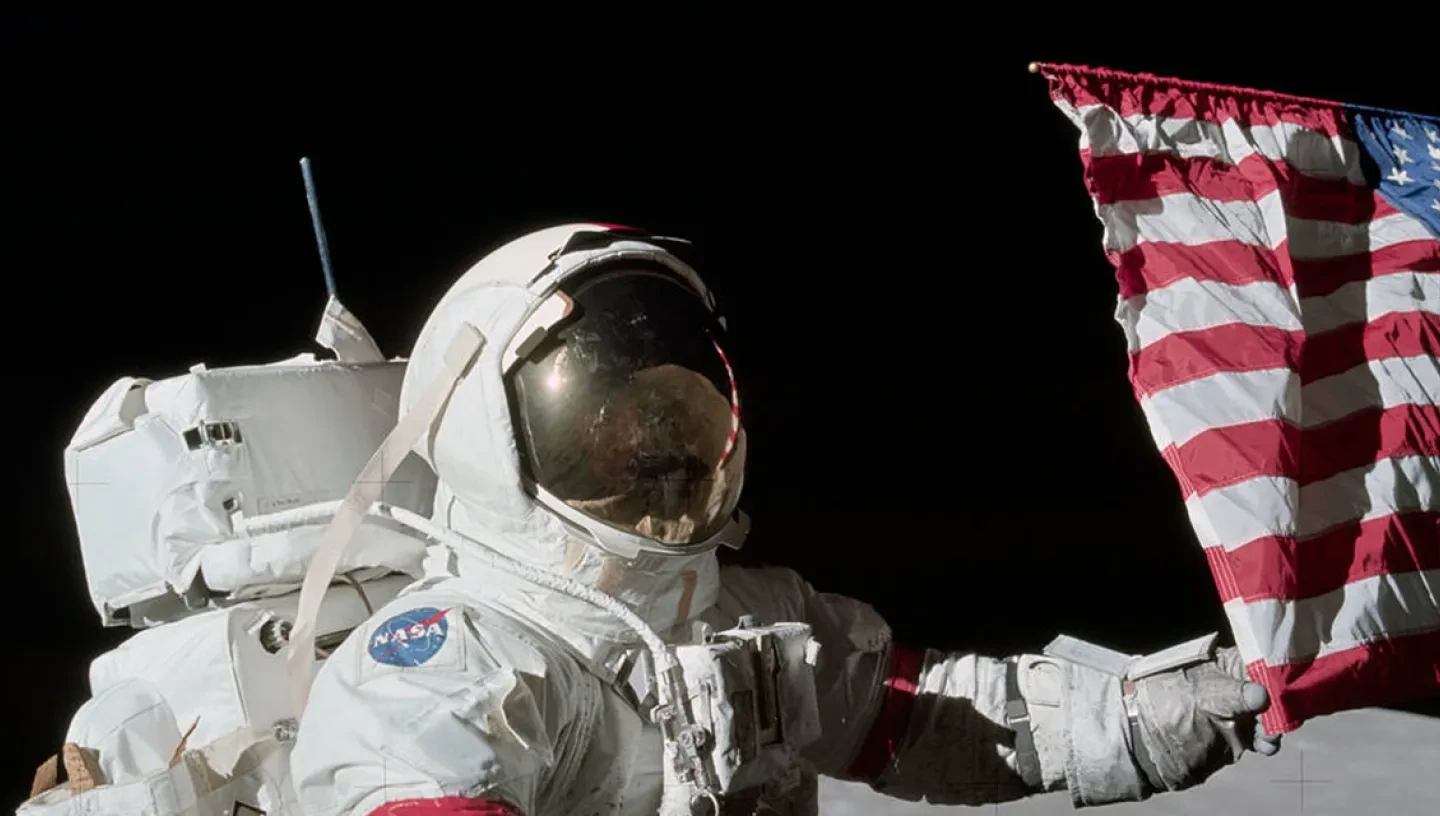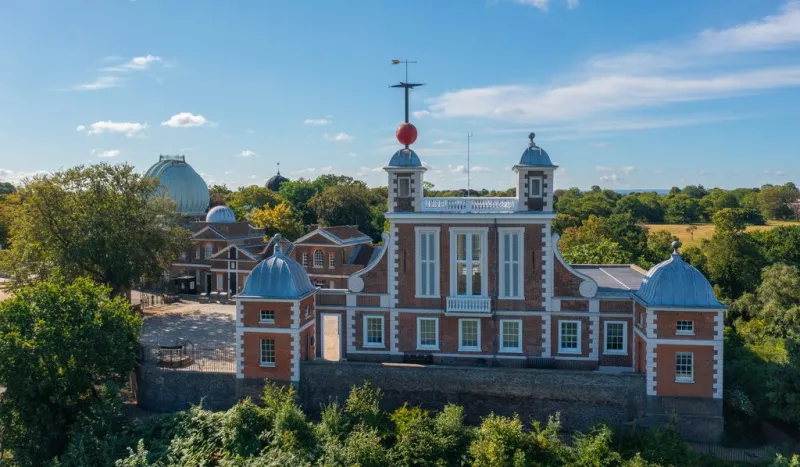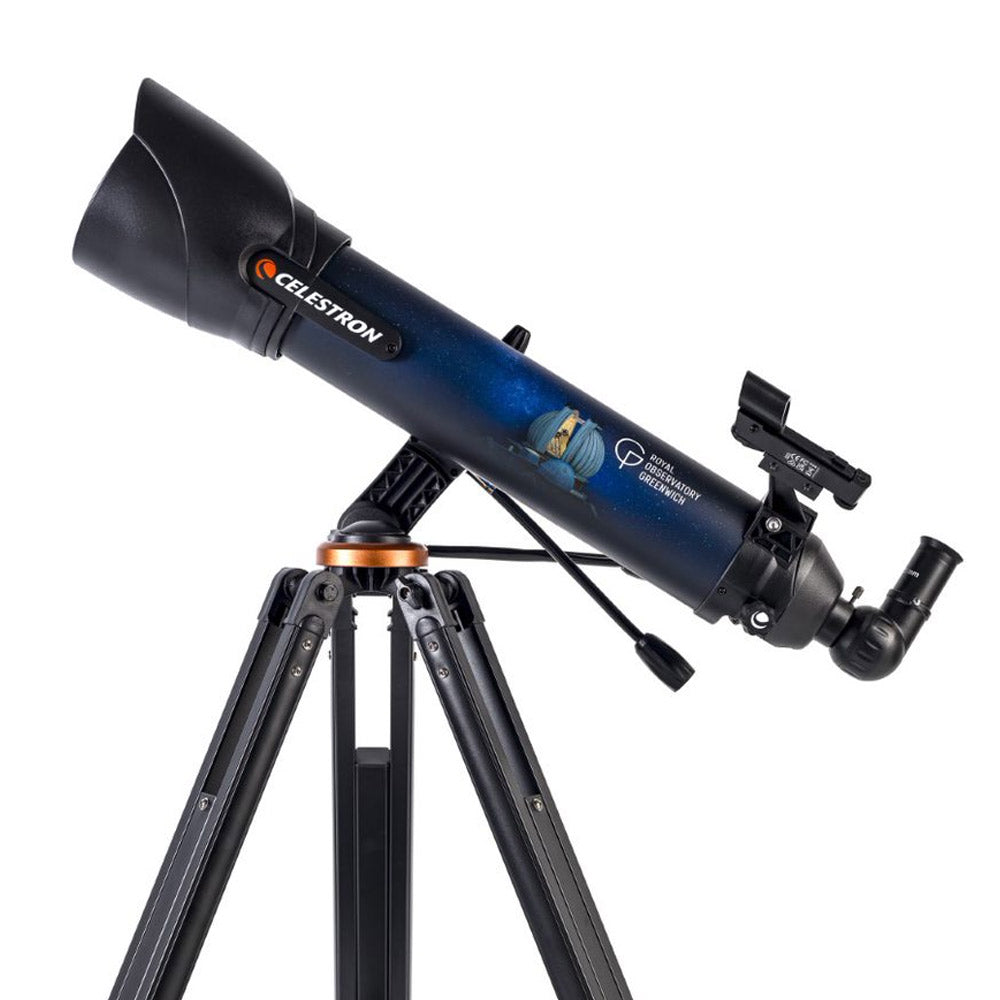
In July 1969, humans landed on the Moon for the first time, as part of the Apollo 11 mission. But why haven't we been back since the Apollo 17 mission in 1972?
Why haven’t we been back to the Moon?
The Apollo 11 Moon landing in July 1969 was a huge feat of human endeavour, engineering and science. It was a moment that the world had been waiting for.
Apollo 11 was followed by six further trips to the Moon, five of which landed successfully. 12 men walked on the lunar surface in total. But in 1970, future Apollo missions were cancelled. Apollo 17 became the last crewed mission to the Moon for an indefinite amount of time.
The main reason for this was money. The cost of getting to the Moon was, ironically, astronomical.
When was the last time we went to space?
Although we haven’t put a human on the lunar surface since the 1970s, there are now regular crewed missions to space.
Skylab - 1973-1974
Skylab was the first NASA-managed and operated space station. It operated between May 1973 and February 1974. It had a workshop, an observatory and carried out hundreds of experiments.
Development and further use of Skylab was delayed due to problems developing the Space Shuttle. Eventually, the orbital decay of Skylab could not be stopped. Orbital decay is the gradual decrease of distance between two objects in orbit of each other.
Space Shuttle - 1981-2011
The first reusable spacecraft, NASA’s Space Shuttle enabled satellites to be launched and returned to Earth. The crewed spacecraft allowed NASA to travel to recover damaged satellites, fix them and send them back into space. The Space Shuttle was also instrumental in the development of the ISS.
Mir space station - 1986-2001
Mir was a Russian space station that was in operation from 1986 until 2001, and was the first continuously inhabited research station in orbit. Many experiments were carried out on the space station, and its success would become the blueprint for the current International Space Station.
International Space Station - 1998-present
The International Space Station, or ISS, is a continuously inhabited artificial satellite in low Earth orbit. A joint project between the USA, Russia, Japan, Europe and Canada, astronauts aboard the ISS carry out various experiments, and live on the station for about six months at a time.
When was the last time humans were on the Moon?
The last crewed mission to the Moon was Apollo 17, taking place between 7 and 19 December 1972. It was a 12-day mission and broke many records, the longest space walk, the longest lunar landing and the largest lunar samples brought back to Earth.
Harrison H. Schmitt was the lunar module pilot, as well as a geologist. He was joined by Ronald E. Evans as command module pilot and Eugene Cernan as Mission Commander.
Apollo 17 was the only Apollo mission not to carry any astronauts who had previously been test pilots. After the cancellation of Apollo 18, the Apollo mission that Schmitt had originally intended to go on, the scientific community lobbied that he be put onto Apollo 17.
Cernan was the last to leave the lunar surface, and therefore is the most recent person to stand on the Moon. As he ascended to the lunar module, he said:
"...I'm on the surface; and, as I take man's last step from the surface, back home for some time to come - but we believe not too long into the future - I'd like to just [say] what I believe history will record. That America's challenge of today has forged man's destiny of tomorrow. And, as we leave the Moon at Taurus-Littrow, we leave as we came and, God willing, as we shall return, with peace and hope for all mankind. Godspeed the crew of Apollo 17."
Whilst crewed missions to the moon have stopped, research into the moon and journeys to space still take place. There are also future plans for journeys to the Moon. NASA’s Artemis Programme aims to return to the Moon by 2024 and set up a sustained human presence that would allow us to regularly visit our celestial neighbour.
Why NASA stopped going to the moon
The race to land humans on the Moon was kick-started by President John F. Kennedy’s 1962 speech at Rice Stadium in Houston, Texas, now known as the ‘We Choose to go to the Moon’ speech. In the speech, Kennedy committed to getting a human to walk on the Moon by the end of the decade:
"And this will be done in the decade of the 60s. It may be done while some of you are still here at school at this college and university. It will be done during the term of office of some of the people who sit here on this platform. But it will be done. And it will be done before the end of this decade."
When the Moon landing took place in 1969, Kennedy’s goal had been achieved, and his deadline met.
However, with the goal achieved, NASA faced large funding cuts, making the future of the Apollo missions untenable. There had originally been 20 Apollo missions planned, but technological and research-based missions were not seen as important as the achievement of the Moon landing itself, and the final three missions were cancelled.
Whilst the US government was willing to put a lot of money into the Apollo missions when it was helpful to the space race, research and technological development were not viewed as a priority. Apollo 11 was a political statement in the midst of the space race, and once it had been made, the necessity for more missions to the Moon was gone.
Recent NASA administrator Jim Bridenstine highlighted this when he described the space race thus:
“This was a contest of political ideologies. It was a contest of economic ideologies. It was a contest of technological prowess. And in this great contest of great powers the United States of America was determined to win."
Going to the Moon was hugely expensive. Originally, Kennedy’s government had estimated $7 billion. In the end, the total cost was $20 billion.
There was also less national support. The Apollo missions had all taken place against the backdrop of civil unrest in the US, and the large amounts of money being spent on space travel became a point of contention for the American public.
As the Cold War thawed, the Strategic Arms Limitations Talks (SALT) meant that missile production - including those used for space travel - was drastically reduced.
Future plans to go to the Moon are also driven by money. Whilst the Apollo missions saw astronauts live on the Moon for only a few days at a time, journeys to the Moon in the 21st century would focus more on the creation of lunar bases or satellites. Bridensteine describes how the future of Lunar travel is about a sustained presence on the Moon.
"This time when we go to the Moon we're going to stay. That's what we're looking to do."
Never miss a shooting star
Sign up to our space newsletter for exclusive astronomy highlights, night sky guides and out-of-this-world events.







